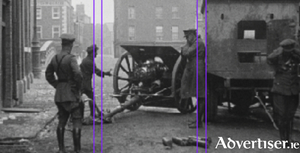Search Results for 'Railway Hotel'
22 results found.
Timeless face of Galway hospitality
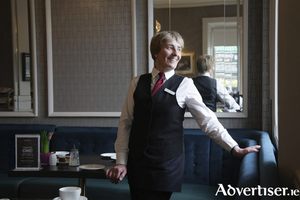
Galway is what it is because of the people who shape its character, those who dedicate their lives to making it an experience that so many wish to taste. At its heart is the iconic Hardiman, a hotel that has been an enduring symbol of hospitality, elegance, and tradition stretching back to the 19th century. And for the past 45 years, no one has embodied this spirit more than Margaret Glynn.
Anti-Treaty forces ‘secret weapon’ helps recapture Clifden

On Saturday night, October 28 1922, a large force of anti-Treatyites made their way carefully and with as little noise as possible, into the silent streets of Clifden. They had already ‘taken’ Clifden the previous July, but were unceremoniously driven out by the National Army who approached Clifden by sea achieving total surprise.
Wild nights of burning and murder
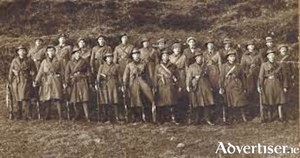
Clifden was not the only town to experience the terror of British forces running wild, shooting, and setting fire to buildings. The previous year, July 19 1920, Tuam suffered a similar experience as Clifden, only mercifully no resident was killed on that occasion.
The attack on Clifden, ‘something of this sort…’
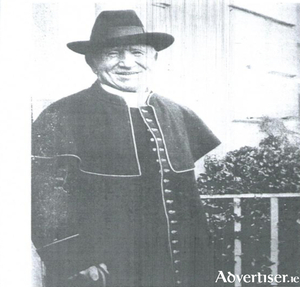
Under the heading ‘Panic in the town last night’ The Connacht Tribune told the story of the attack on Clifden on March 19 1921: ‘Following the shooting of RIC Constable Reynolds, and the wounding of Constable Sweeney (who was to die from his wounds some hours later), at Clifden last night, panic reigned in the town and nine of the principal houses were burned.
‘An unbroken history of more than one hundred years’
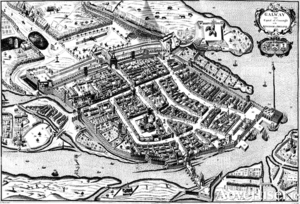
In 1831 Patrick Broderick, from Loughrea, was charged with insurrectionary crimes at the Galway Assizes, and cruelly sentenced to spend the rest of his life in a criminal colony ‘beyond the seas’ in New South Wales, Australia. He was barred from ever returning to his native land. His wife Mary, son John and daughters Ann and Catherine, were left destitute on the infamous Clanricarde estate, one with more than 2,000 tenants.
Amazing tale of Galway’s most historic hotel

This book, The Hardiman – An Amazing Story celebrates the history of one of the most iconic buildings in Galway. It opened in 1852 as the Railway Hotel and was designed in a classical style by John Skipton Mulvany.
Connemara after the Famine
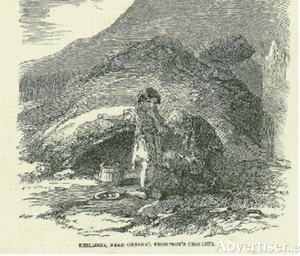
Following the inability of Tom Martin and his daughter Mary, the Princess of Connemara, to meet the debts on their vast encumbered estate, they were sued by the Law Life Assurance Society and ordered to sell it in its entirety.
The Railway Hotel
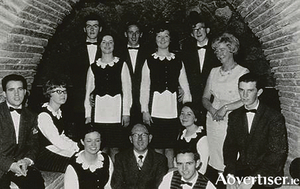
This ancient site on the southern end of what we now know as Eyre Square was occupied by a Knights Templars convent in the 13th century. By the 17th century Robert Martin had a large house on the site, but this was taken from him by the Cromwellians and given to Edward Eyre. The Eyre family held on to the property and on May 12, 1712, Edward Eyre, son of the above, presented the land in front of his house to the corporation as a place of recreation for the people of Galway. In 1827, a man named Atkinson built houses at this end of the Square and by 1845, the site was occupied by a block of tenements owned by Fr Peter Daly.
All that is left is ruins and a photo album
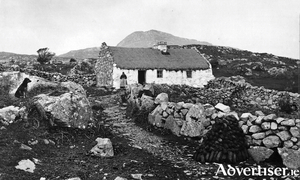
Whether it was to defuse the call for Home Rule, or whether Chief Secretary Arthur J Balfour was genuinely moved at the shameful poverty that existed among the western counties of Ireland, his ‘walkabout’ among the people was generally very well received.
